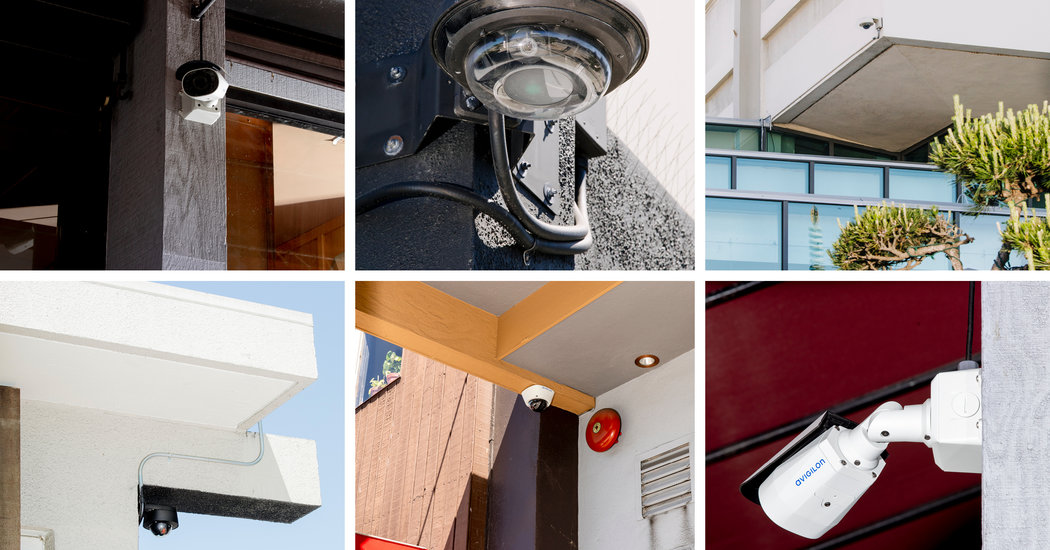[responsivevoice_button rate=”1″ pitch=”1.2″ volume=”0.8″ voice=”US English Female” buttontext=”Story in Audio”]
Why Is a Tech Executive Installing Security Cameras Around San Francisco?
The image quality from the cameras is much better than typical home-security cameras like Ring or Nest, and the field of vision is larger. It is arguably more compelling evidence in court because the video is monitored by a third-party intermediary who can testify that it is a continuous feed. It is time stamped. And because the network covers many blocks, the footage can tell a broader story than a single camera about an event that might be moving from block to block, in the case of, for example, a fight.
One side effect of the cameras is that when one C.B.D. installs them, it seems to push crime just a few blocks away, Mr. Larsen said.
“It’s whack-a-mole,” Mr. Larsen said.
The same day as the Japantown meeting, Mr. Larsen and Mr. Boudin drove to the C.B.D. headquarters in the Tenderloin, the city’s roughest neighborhood. They sat at a folding table with about 10 people. Conspicuously not present: anyone from the Police Department.
Last year, someone was shot dead right in front of the office during a team meeting. Shootings have more than doubled in the neighborhood, up 130 percent in a year, they said. Since the coronavirus pandemic began, the number of tents for homeless people in the neighborhood had ballooned from around 120 to around 400, until a lawsuit from local residents led the city to move the tent-dwellers into safe sleeping sites, the group’s leader, Mr. Bertrang, said.
“We don’t have a good law enforcement response right now,” Mr. Boudin told the group. “It takes 10 cops to do a single drug bust, costs $20,000 or something. And I don’t want my attorneys to be doing this for no benefit on the street.”
He said the more effective strategy would be to focus on the crime ring leaders, rather than the people on the sidewalks.
The surveillance footage is completely deleted after 30 days, and Mr. Boudin wondered if it could be stored longer, giving his office more time to put a case together.




























